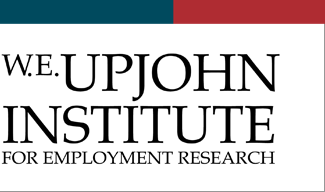Modeling First Year Stop Out of Kalamazoo Promise Scholars: Mapping Influences of Socioeconomic Advantage and Pre-College Performance to College Performance and Persistence
Upjohn Author ORCID Identifier
Publication Date
2024
Source
Journal of College Student Retention: Research, Theory & Practice 25(4): 846-870
DOI
10.1177/15210251211029631
Publisher
Sage Publications
Subject Areas
EDUCATION; Postsecondary education; Promise scholarships
Citation
Collier, Daniel and Isabel McMullen. 2024. "Modeling First Year Stop Out of Kalamazoo Promise Scholars: Mapping Influences of Socioeconomic Advantage and Pre-College Performance to College Performance and Persistence." Journal of College Student Retention: Research, Theory & Practice 25(4): 846-870. https://doi.org/10.1177/15210251211029631

